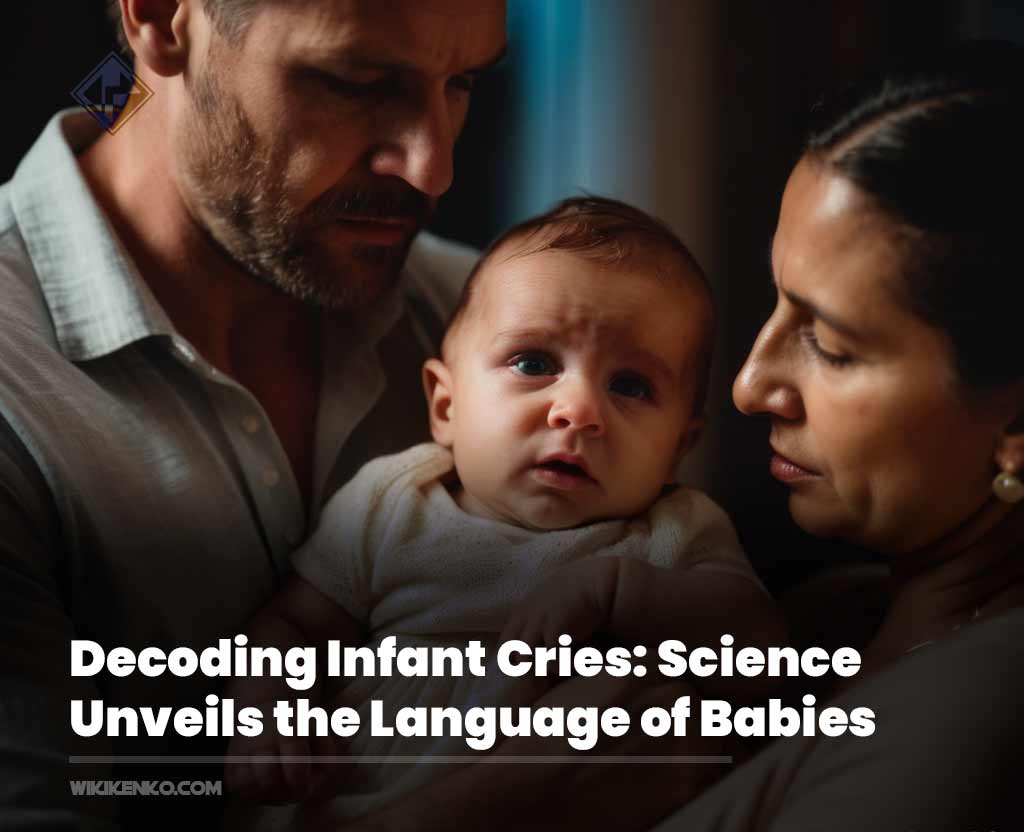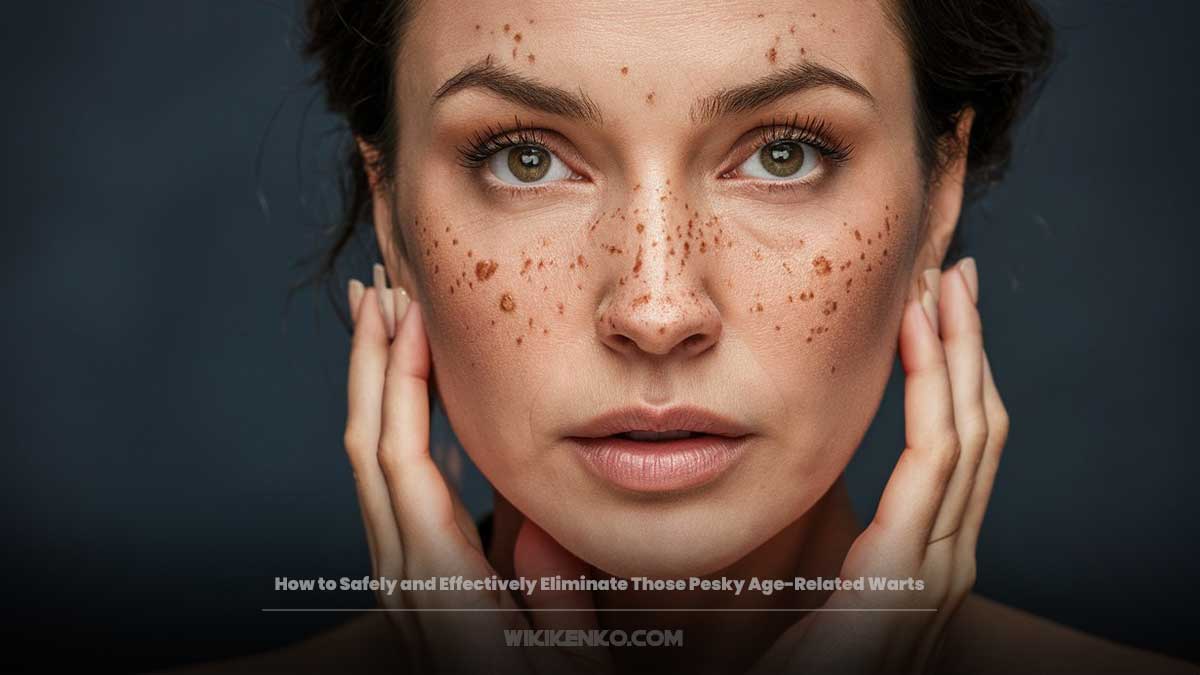In a groundbreaking study, researchers at the Clínic Hospital have successfully classified newborn cries based on acoustic, neurophysiological, facial expression, and body movement data. This research introduces the possibility of using infant cries as a health biomarker.
The Universal Language of Newborns
Crying is the universal language of newborns. They cry to communicate their needs and feelings incessantly, spending between one to three hours a day in whimpering and sobbing. However, not all cries are created equal.
Understanding Crying Patterns
Scientists have long attempted to decode this ancient communication system, seeking patterns and behavioral dynamics to explain the exact meaning behind each whimper. A recent study from the Clínic Hospital in Barcelona has taken a significant step forward in interpreting infant cries.
The research successfully classified the cries of a healthy baby based on acoustic, behavioral, and neurophysiological patterns. For instance, they identified that hunger cries are constant, rhythmic, and short, while distress cries are erratic and more acute.
Clinical Implications
According to the authors, these findings not only contribute to understanding infant cries in healthy babies at a domestic level but also hold clinical potential. Analyzing sobbing and associated physiological variables could function as a clinical biomarker, aiding in identifying or assessing the baby’s health status.
Impact on Parents
A baby’s tantrum often perplexes parents. While they sense it as a signal of alert or an unmet need, determining the exact cause and how to address it can be challenging.
The impact of a baby’s cry on parents varies from feelings of anxiety, depression, helplessness, anger to frustration in response to the baby’s cries, negatively affecting the emotional bond and parents’ perception of the baby, as noted by the authors in their article published in the journal Computers in Biology and Medicine. Thus, interpreting a newborn’s cry can be crucial for ensuring their well-being.
Six Decades of Research
Scientists have been researching this for six decades, and in recent years, artificial intelligence has joined the race with massive data analysis and increasingly reliable algorithms to analyze and interpret infant cries.
Research Methodology
Oscar Garcia-Algar, head of the Neonatology Service at the Clínic and the study’s author, explains, “Clinical experience told us that a newborn cries differently depending on what’s happening. As a pediatrician, you had the feeling that you could learn to interpret cries.
“This research, conducted in collaboration with the health technology startup Zoundream AG, specialized in cry analysis, aimed to verify these perceptions.
“What we’re trying to see here is if there are different crying patterns based on different variables.
Garcia-Algar
If the acoustic and physiological characteristics associated with crying allow us to interpret it, this would enable us to use it domestically but also in the healthcare context, for example, in an intensive care unit with babies who have some pathology. Until now, crying had never been used to measure a clinical situation.”

Findings from the Study
The Clínic researchers recruited 38 healthy newborns and collected acoustic, electroencephalogram (EEG), brain oxygen saturation, facial expression, and body movement data when babies cried spontaneously. Using artificial intelligence systems, they analyzed and processed the obtained data. Garcia-Algar explains, “Beyond acoustic differences, we can determine associated variables, such as heart rate or body oxygenation index.
We can measure and monitor it. With these parameters, crying corresponds to something specific. The studies have been done on healthy babies, but now we are collecting data on premature babies or those with some pathology to see if crying patterns change.”
Crying Patterns and Characteristics
Analyzing the data from these 38 healthy babies, the authors discovered that each cry indeed has distinct acoustic, neurophysiological, and behavioral patterns.
Hunger Cries
When a baby is tired and unable to fall asleep, the cry tends to be more prolonged and monotonous. On the other hand, cries caused by hunger exhibit “constant, rhythmic, short-duration, intense, noisy, but not acute” acoustic patterns. The researchers also identified patterns of increased restlessness in the EEG and physical movements, facial expressions, and muscle tone. When hungry, the agitation is more pronounced.
“In general, hunger in newborns can provoke a variety of facial expressions and body movements aimed at attracting caregivers’ attention and indicating a need for food, including: searching reflex, sucking movements, restlessness, twisting, or arching of the back,” explain the scientists.
Distress Cries
Erratic Crying in Distress Babies also cry when distressed or upset, for example, due to pain or overstimulation. The acoustic study by the Clínic researchers reveals that, in this case, the crying is “erratic, with fewer pauses, prolonged duration, and acute.
Moreover, the study of brain electrical activity also described increased excitement, and concerning body patterns, in situations of distress and discomfort, the baby exhibited a “tendency to restlessness,” with an increase in motor activity as an expression of high discomfort. This could manifest through facial grimaces, arm and leg agitation, arching of the back, or clenched fists.
Crying due to the need to burp is similar to that in distress but more hoarse. “According to our results in the burp condition, babies with gastrointestinal problems produced longer cries (compared to hunger and distress) with a more variable tone and intensity, reflecting vocal cord instability,” explain the authors.
Regarding oxygenation, the research reports that the lowest levels were identified compared to the other situations studied, indicating, according to the scientists, that “gastrointestinal problems, such as reflux, could interfere with proper breathing and decrease oxygen saturation levels.”
Clinical Significance and Future Potential
“A Preliminary Step” Toward a Future Tool The authors acknowledge limitations in their research, such as the small sample size (only 38 babies) or the disturbances that the EEG or cerebral oxygenation meter assembly may cause. These require the baby to wear a cap and have a sensor on the forehead, which may cause discomfort and, therefore, irritating cries.
Nevertheless, they defend their results as “a preliminary step” for the development of an effective tool for analyzing crying. They assert that measuring the neurophysiological patterns of the brain and the behavior of babies adds and confirms the information provided by acoustic data. “We also confirm the importance and potential use of crying acoustics as a biomarker for assessing infant well-being,” they insist.
Conclusion
According to Garcia-Algar, the findings of this study are the early stages of what interpreting a baby’s cry could achieve. “We are in an initial phase, analyzing the characteristics of crying and whether it corresponds to a physiological situation,” emphasizes the neonatologist. While not all variables can be analyzed at the domestic level —for instance, an EEG cannot be done at home— the utility of all these investigations can be extensive: “There might be a domestic device capable of interpreting crying based on acoustic characteristics.
But in the clinical context, if you have a newborn admitted, you can also monitor and interpret a crying pattern to identify, for example, if they are hungry or what is happening. Crying is a form of communication, and we can learn to interpret what it says. Crying can have great value,” reflects the neonatologist.
Original source: This information was Initially covered by elpais.com and has been translated for our readers.










